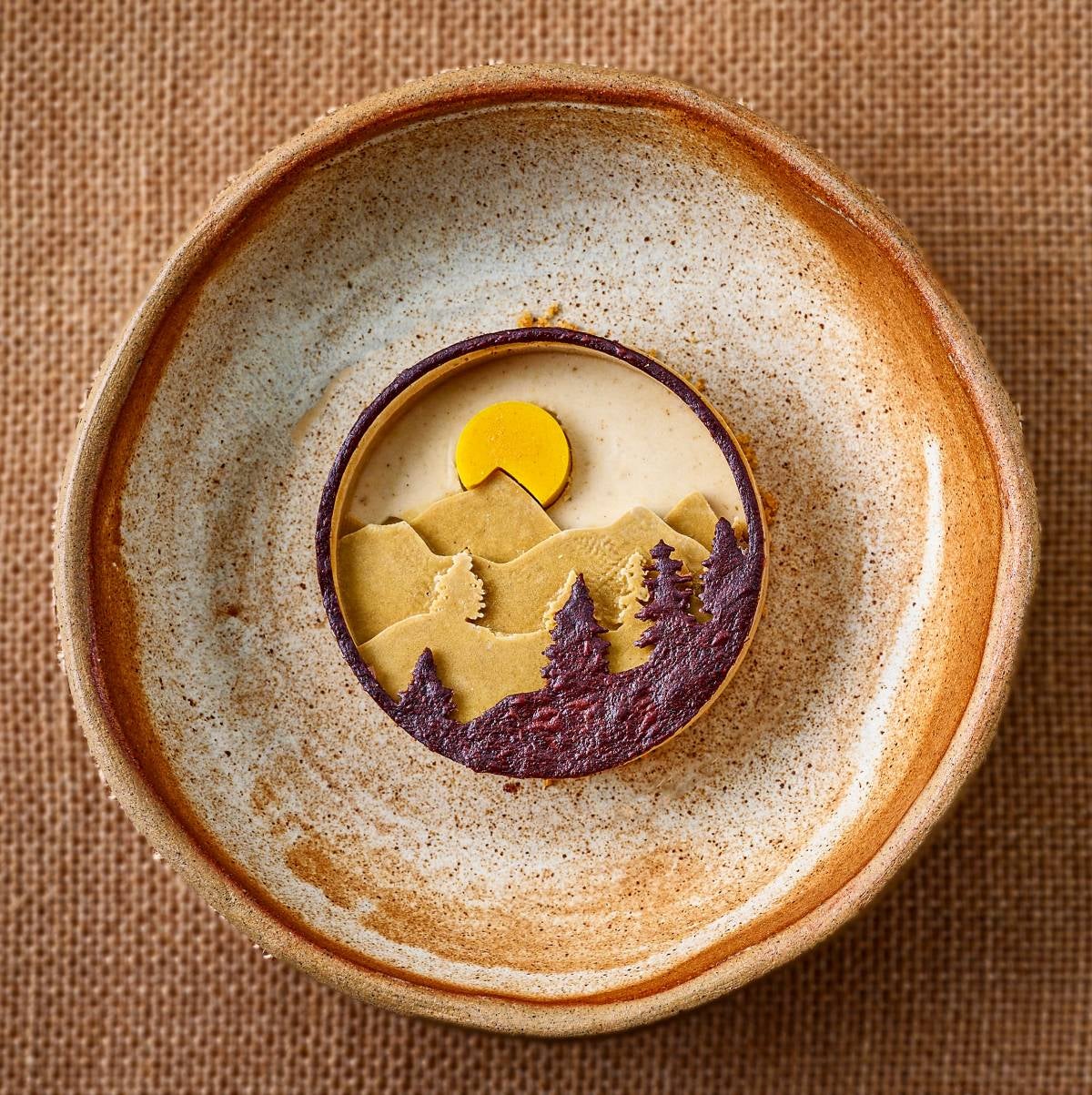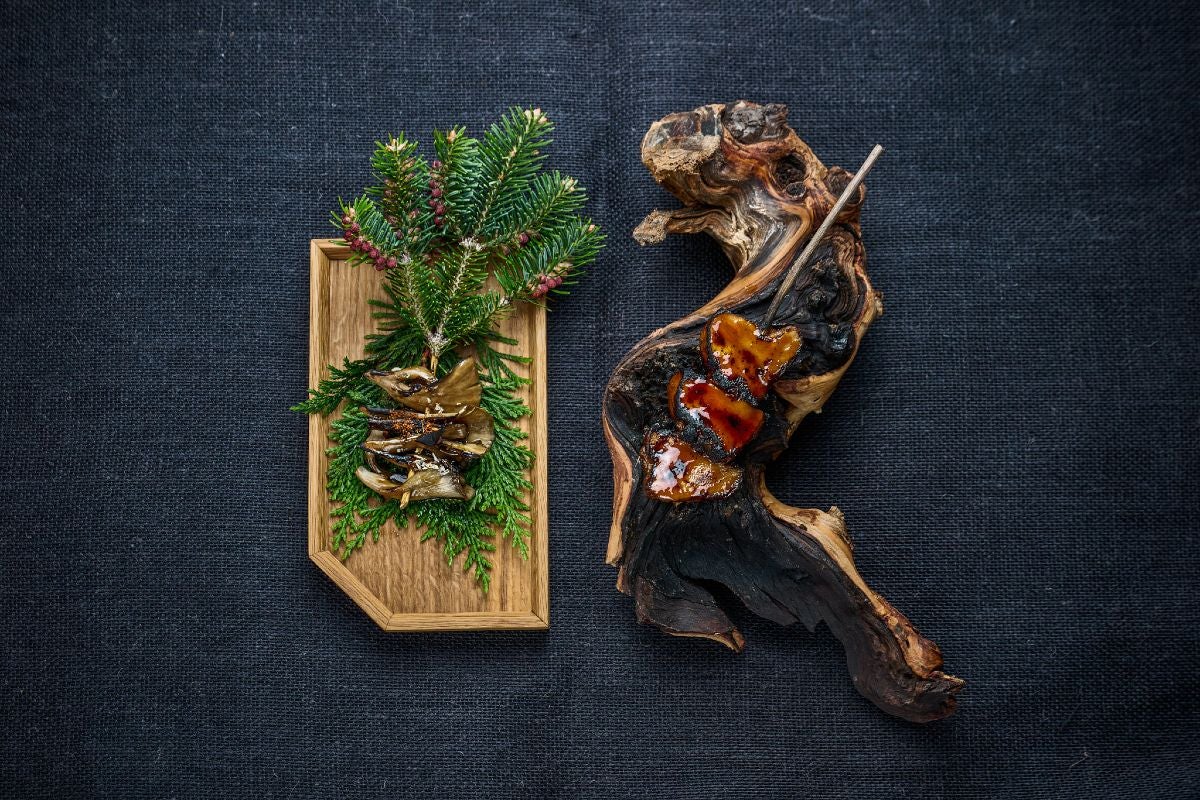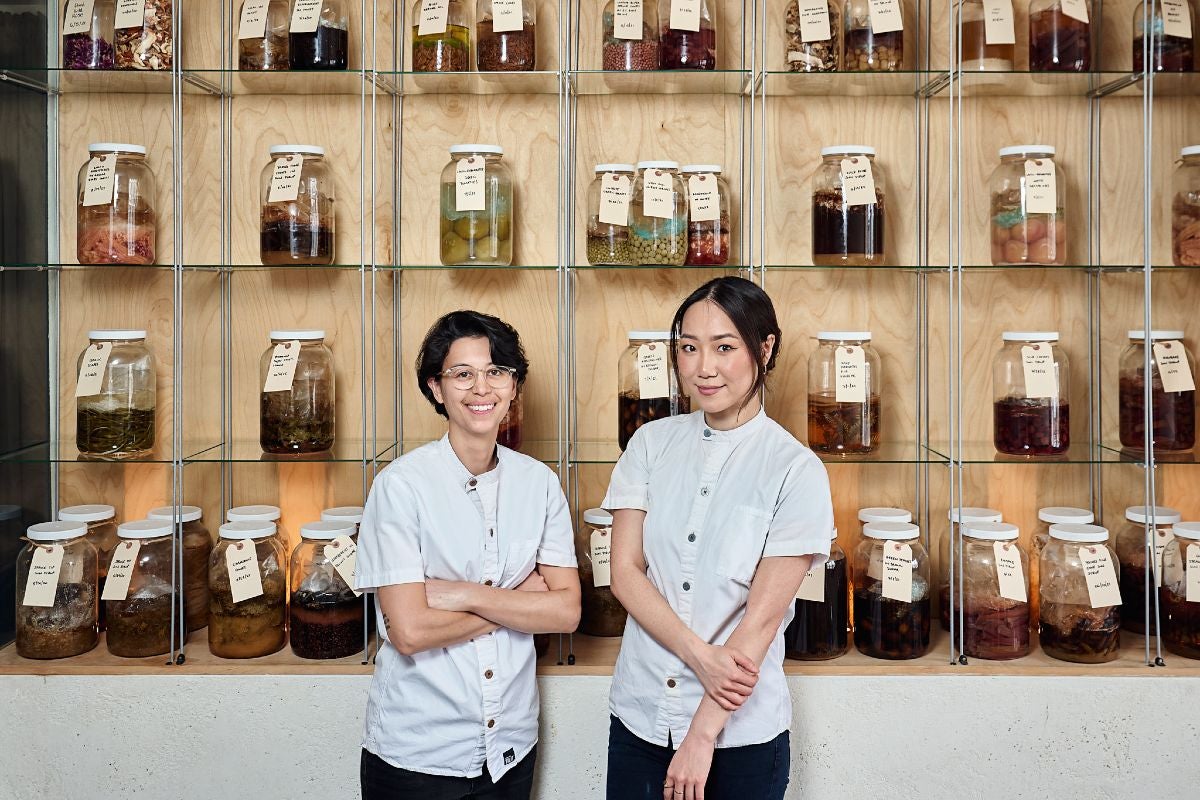Briana Kim has been getting your dinner at Alice ready for years.
A compact 20-seat spot on the edge of Ottawa’s Little Italy, Alice has been making a name for itself (and for the dining scene in Canada’s otherwise sleepy capital city) for the past four years. Trained at New York’s Eleven Madison Park, Kim is the recent winner of the 2023 Canadian Culinary Championships and landed 31st place in Canada’s 100 Best for her innovative, sublimely presented dishes.
The political scientist-turned-chef is a forager and fermenter who searches for pinecones, spruce tips and mushrooms in the abundant woods outside of Ottawa. Kim and her small team then play with their finds in Alice’s vegetable-focused kitchen laboratory, using some of what they ferment as soon as it's ready, and saving other bits just to see what happens a few years down the road. From homemade vermouth to lilac preserved in raw honey, to growing brie cheese mould on root vegetables, much of Kim’s preserves, salsas and fermented paste creations – including some inventory from when she opened in 2019 – are displayed in cabinets lining the walls of the restaurant. Those filled jars are an endless source of joy and exploration for her and a treasure trove of umami for her loyal followers.
“I love science,” Kim declares. “When I’m trying to do something that hasn’t been done before, or I can’t find it on the internet, I read PhD papers to find things out.” Alice’s offerings reflect the depth of Kim’s approach, as her picture-perfect (and perfectly delicious) plates reveal layer upon layer of flavour.











